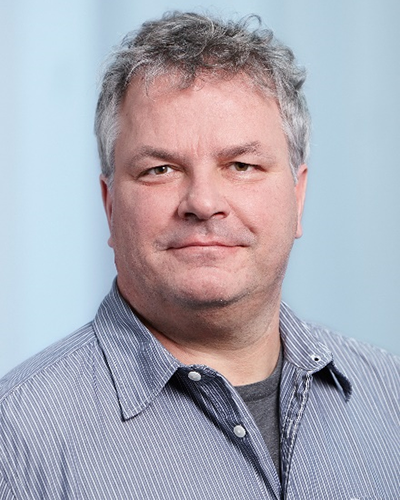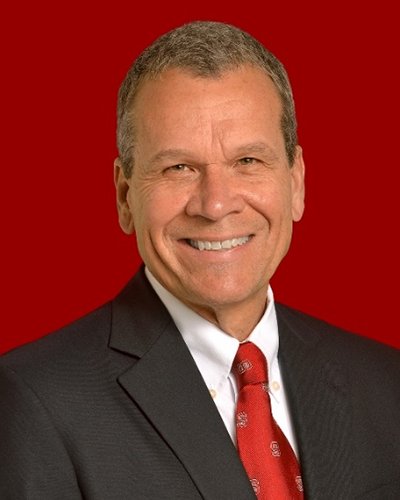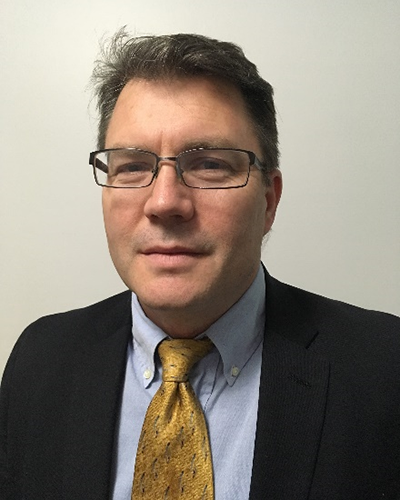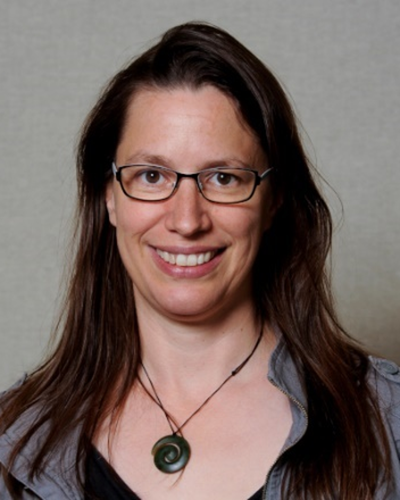Short Course Registration Info
Short course registration includes a complete set of course notes. Payment can be made on line with MasterCard, Visa,
Discover, or American Express. Lunch and snacks for the breaks will be provided each day.
|
Registration Fees
|
Through 9/13/2019 |
After 9/13/2019 |
| Rheology of Foods (one day) |
| Member* |
$500 |
$600 |
| Non-Member** (includes membership for 2020) |
$600 |
$700 |
| Student Member* |
$250 |
$320 |
| Student Non-Member** (includes membership for 2020) |
$290 |
$360 |
| Suspension/Granular Rheology (one and a half days) |
| Member* |
$750 |
$850 |
| Non-Member** (includes membership for 2020) |
$850 |
$950 |
| Student Member* |
$350 |
$420 |
| Student Non-Member** (includes membership for 2020) |
$390 |
$460 |
* Member rates are available only to registrants who are members in good standing as of June 30, 2019
or who are registered to attend the 91st Annual Meeting.
** Non-members who are registered to attend the 91st Annual Meeting may register for the short course at the member rates.
Cancellations for the short course received by electronic mail (c/o The Local Arrangements Chair, Saad Khan)
by September 13, 2019
will be refunded minus a $50 administrative charge. No refunds will be granted after that date. Typically each class is limited to 40 students.
Rheology of Foods
Professor Peter Fischer, Institute of Food, Nutrition and Health, ETH Zurich, Switzerland
Professor E. Allen Foegeding, Department of Food, Bioprocessing & Nutrition Sciences, North Carolina State University
Course Description
Convenience, appearance, flavor and texture together govern the human perception & acceptance of foods. However, the motivation to understand
and quantify food properties such as texture – its creation, stability, perception & destruction – remains high since it is critical to the
manufacture of food products that delight and satisfy food consumers, while delivering nutrition & health. Thus, the understanding of structure
and mechanical properties of food products is critical to its overall properties and quality perception.
During processing, the formulated food system is physically and chemically modified while building the structure, all of which combine to impart
the desired material properties and hence the texture to the final product. With health & nutrition becoming increasingly important the role of
foods in preventing and managing diseases has gained a lot of attention – thus the understanding of the rheology from the destruction of the food
in the mouth, its subsequent manipulation & transportation through the stomach, the gut and beyond have become important fields of research today.
In view of the above, processing-structure-property relationships and materials science understanding of the observed rheology and texture are
critical to the formulation, processing, product performance and human consumption and satisfaction of foods.
This course builds on the fundamentals of rheology and seeks to introduce the participant to the intriguing world of complexities entangled in
the bowl of food rheology & texture. Where appropriate, comparisons and contrasts are made to the behavior of polymeric fluids and colloidal systems.
Course Outline
-
Introduction
(Feeding a world of 10 billions and what rheology can contribute)
- Motivation & Framework
- Feeding the world
- Pleasure, Convenience & Nutrition
- Sustainability & Environment
- Moving from animal to plant material
-
Food Rheology & Texture Measurements – the Familiar and the Unique
- Fundamental rheometry
- Food specific techniques & Texture analysis
-
Structural Characterization Techniques
- Microscopy & Scattering
- Interfacial rheology
- Tribology
- Other techniques: Thermal Analysis & Spectroscopy
-
The Ingredients – Fundamental Rheological Systems
- Emulsions & Suspensions
- Gels and Gel fracture
- Foams
-
The Recipe – Food Ingredients & Their Chemistry
- Carbohydrates
- Proteins
- Fats
-
Cooking – Food Processing Rheology
- Process transformations
- Scale-up & Process design
- Process-line measurements
- Dough
-
Plating – Selected Food Products
- Bakery – Breads & Snacks
- Dairy – Yogurt, cheese, low fat dairy
- Chocolate
- Ice cream
-
The Human Experience – Sensory Science
- Product quality & Stability
- Texture
- Predicting human perception
-
Unraveling Length Scales – Food Oral Processing
- Structure break down on different length scales
- Influence of saliva
- Addressing needs of specific populations
-
Closing – Challenges & Opportunities
- Soft materials science
- Digestion engineering
- Challenges and Opportunities
Instructors

Peter Fischer
Professor, ETH Zürich
Peter Fischer
is working at the Institute of Food, Nutrition and Health at ETH Zürich in Switzerland. His research is focusing on rheology and structure of
food ingredients as well as the complex interactions present in food. Interfacial rheology of various emulsion and foam systems, neutron scattering
of protein and surfactant aggregates at interfaces and in the bulk, and protein-biopolymer interactions are recent research activities.

E. Allen Foegeding
Professor, North Carolina State University
E. Allen Foegeding’s career has focused on advancing
the understanding of mechanisms for how molecules form food structures and how food structures deliver specific properties. He is a William Neal Reynolds
Distinguished Professor of Food Science at North Carolina State University and Editor in Chief for the Institute of Food Technologists (IFT) Scientific Journals.
He has taught courses in Food Chemistry and Bioprocessed Materials and Colloidal and Polymer Properties of Foods. His research addresses how food biopolymers
function in foods, with a focus on whey proteins in forming sols, foams, and gels. Lately, the emphasis has been on how food structure breakdown during
oral processing produces sensory texture and satiety.
Suspension/Granular Rheology
Professor Jeff Morris, Levich Institute, CUNY City College of New York
Professor Karen Daniels, Department of Physics, North Carolina State University
Course Description
The rheology of suspensions and granular materials will be presented. This will begin with an overview of phenomena observed in these materials.
The course will then provide a summary of the mechanics of rheometry and constitutive models, focusing on the models and techniques most commonly
encountered in particulate and particle-laden systems. The mechanistic basis for particle-induced stresses will be discussed, beginning with
viscosity and continuing to rate-dependent rheology and normal stresses. We will also address bulk phenomena such as clogging, jamming, particle
migration, surface deformation, and instability. Established and novel methods of measurement will be demonstrated and described. We will provide
presentation materials, including a list of key references, ahead of the course.
Course Outline
Day 1
-
Flows of particulates: hands-on motivating examples
- Suspensions vs. granular
- Shear-thickening & shear-thinning
-
Rheology
- Definition & goals
- Basic framework: stress, strain, strain rate
- Continuum models & bulk properties
- Discrete models & microstructure
-
Rheometry
- Classical fluid measurements
- Particulate-specific methods
-
Mechanisms of transmitting particle stress
- Force chains & interparticle contacts
- Role of particle size, size distribution, shape, stiffness
- Role of the fluid
-
Bulk phenomena due to particulate rheology
- Particle migration
- Particle segregation
- Boundary deflection
-
Clogging & jamming
- Hopper flow
- Vibration effects
Day 2
-
Demonstrations from rheometer vendors
-
Technologies & geometries for rheometry
- Rheometer plates vs. vanes
- Tilted trough
-
Colloidal effects and rheological control
- Salts
- Surfaces
- Surfactants
-
Discussion & open questions
Instructors

Jeffrey Morris
Professor, CUNY City College of New York
Jeff Morris received his PhD in Chemical Engineering in 1995
from Caltech and spent a year as a postdoctoral research associate at Shell Research in Amsterdam. He then joined the faculty of Georgia Tech, where he
served until 2002. He then spent 2 years with Halliburton as a Senior Scientific Advisor. In 2005, Morris joined the faculty of Chemical Engineering at
CUNY City College of New York. He has served as Department Chair in Chemical Engineering and is currently Director of the Levich Institute. Morris holds
a research Chair at the Univ. of Toulouse III (University Paul Sabatier). He serves as an Associate Editor for the Journal of Fluid Dynamics, and is
Guest Editor of a Special Issue of the Journal of Rheology, scheduled to appear in early 2020. He is a Fellow of the American Physical Society, and was
awarded the 2017 Shell/Thomas Baron Award in Fluid-Particle Systems. His main research interests are in the microstructure, rheology, and bulk flow
phenomena in colloids and suspensions. The overarching goal is to develop a fluid mechanical description of suspensions that captures the multiphase
nature of the behavior, including particle migration. Recent work has focused in two directions, the behavior of dense suspensions including the role
of surface forces with contact friction in shear thickening, and the influence of inertia on suspension flows.

Karen Daniels
Professor, North Carolina State University
Karen Daniels received her PhD in Physics in 2002 from Cornell University
and spent 2002-5 as a postdoctoral research associate at Duke University. She joined the faculty of North Carolina State University in 2005, and was awarded
a fellowship from the Alexander von Humboldt Foundation to support a yearlong sabbatical at the Max Planck Institute for Dynamics and Self-Organization in
Göttingen, Germany during 2011-12. She currently serves as a Divisional Associate Editor for Physical Review Letters, and is a Fellow of the American Physical
Society. Her main research interests center around experiments on the non-equilibrium and nonlinear dynamics of granular materials, fluids, and gels. These
experiments have allowed her lab to address questions of how failure occurs, how non-trivial patterns arise, and what controls the transitions between different
classes of behaviors. Several of these studies have used idealized systems to provide insight into biological and geological phenomena.